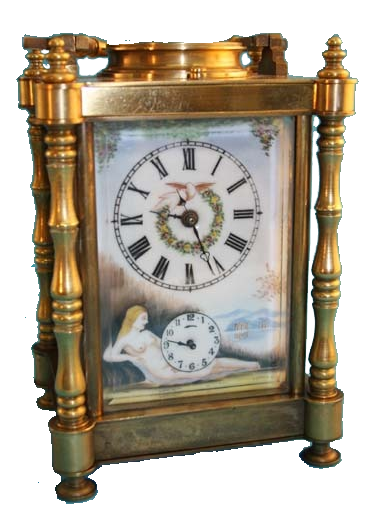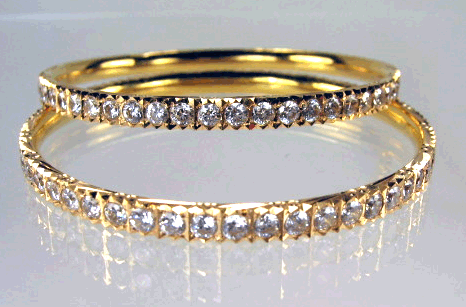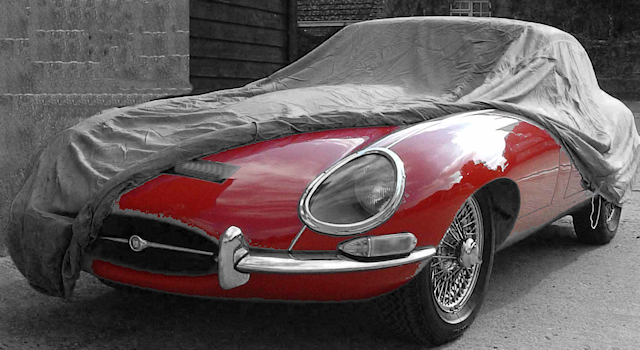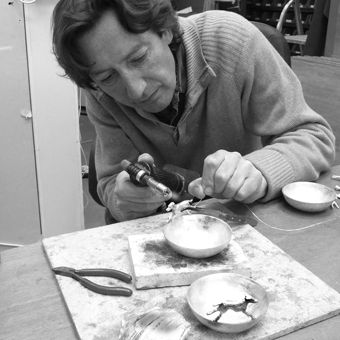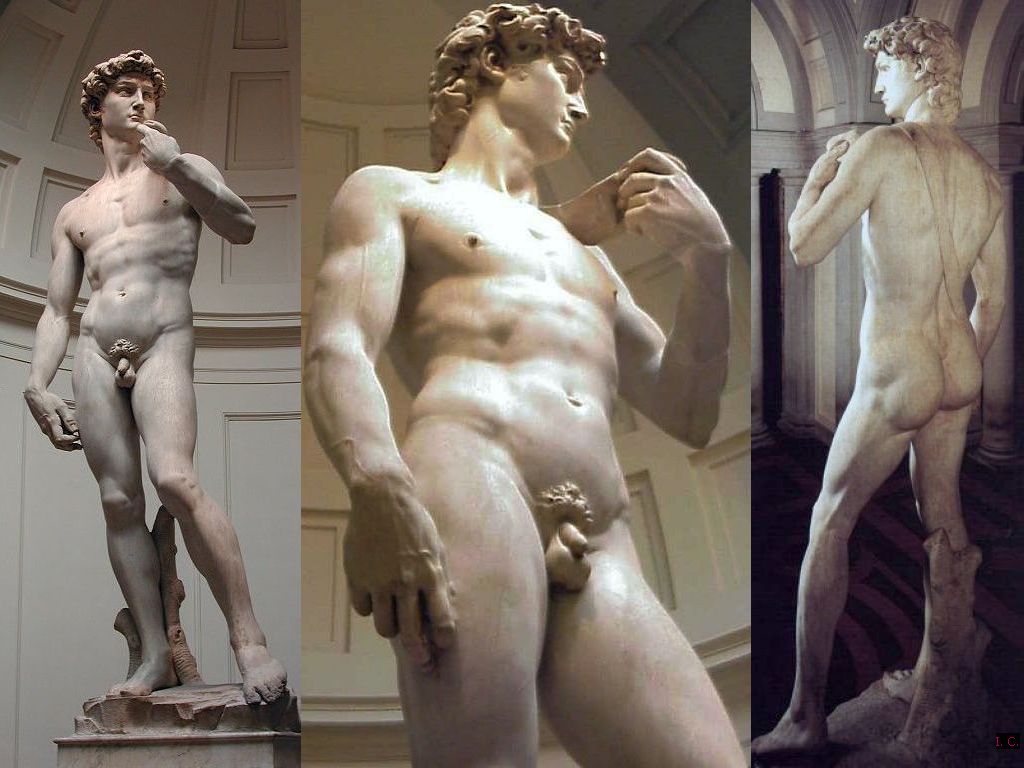Delicate instruments require delicate treatment – all too often these objects suffer through thoughtless display and over-enthusiastic handling.
Clocks, scientific instruments,musical boxes and automata are likely to be harmed if subjected to direct sunlight, extremes of temperature or damp. A common, but one of the worst places for a clock is over a working fireplace. Dust may clog sliding or moving parts of scientific instruments and mechanical items, so keep these is a box or display cabinet when they are not in use. Movement can affect the working of mechanisms too; longcase clocks and wall-hung instruments , for example, should be screwed to a wall or onto a solid wooden wall bracket or mount.
Before moving a mechanical object, check that there are no detachable parts; do not rely on handles, but hold the object with both hands under its base. Secure the pendulum of a spring clock by the clip or screw clamp found on many English bracket and mantel clocks; otherwise, remove the pendulum and use folded paper to wedge the ticking ‘crutch piece’ firm. On a longcase or other weight-driven clock, remove weights and pendulum, and ‘take down’ the clock by separating case, hood and movement. If a mechanism is set in motion while being moved, let it run down completely.
Mercury barometers should be moved with special care, and kept upright in transit; if the mercury moves suddenly its weight could shatter the glass tube. On a stick barometer, turn the little key square at the base until the column of mercury reaches the top of the tube. Wheel (banjo) barometers must be ‘corked’ by a specialist before being moved.
Winding
With longcase clocks if you go away for longer than the next due winding, stop the clock to avoid damage to the escapement when it winds down. It should be impossible to over-wind a mechanism; simply turn the key firmly to the point of resistance. Always use the correct key for the item, and make sure it is not warped, rusty, worn or split. To adjust the minute hand of a clock, gently turn the hands clockwise (never anti-clockwise) with your fingertips. If the hands jam, move the minute hand back a fraction but never back past the hour. If this does not free them, leave the job to a clockmaker.
Cleaning
A photographer’s soft-bristled brush with built-in puffer is ideal for dusting lenses and delicate or intricate surfaces; less fragile surfaces can be wiped with a soft, dry, lint-free cloth. Avoid metal polishes which may seep into the movement or destroy a valuable patina such as that of a brass carriage clock. For stubborn marks on a glass face, use cotton wool dampened in a mild detergent solution or methylated spirits. Rinse with damp cotton wool and buff gently dry with a chamois leather.Major cleaning of parts, especially if dismantling is involved, should be left to a specialist. Even oiling the mechanism of a valuble object can be risky if you don’t know where to apply it, and too much or too thick an oil attracts abrasive grime and clogs the mechanism.
Restoration
If a mechanism stops, forcing it to go may aggravate the damage; repair should be left to a specialist. Even if they are in good working order, clocks and watches with delicate mechanisms should be checked and serviced every five years, and those with larger, stronger mechanisms every decade.

